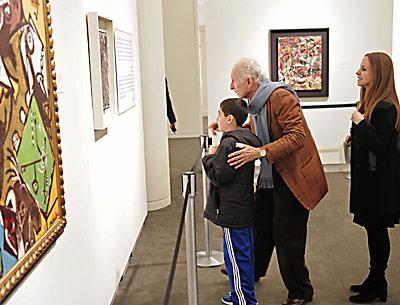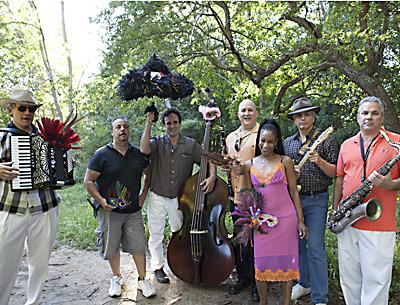The Art Scene: 01.12.12
The Art Scene: 01.12.12

New Year, New Art
“Art in the New Year” is the next show at Ashawagh Hall this weekend. The show will feature work by Cynthia Loewen, Mary Milne, Stephanie Reit, and Lewis Zacks. Ms. Loewen has a long résumé of exhibits and memberships in numerous South Fork arts groups. A painting of hers was featured in the short film “The Sea Is All I Know,” which was shown at the Hamptons International Film Festival. She is also a curator.
Mr. Zacks has stated that “my love of history has inspired me to focus on the disappearing landscape of Eastern Long Island — old farm buildings, fishing boats, colonial cottages; mid-century movie theaters, ice cream parlors, luncheonettes, and the remnants of their signs.” He is also known for his portraits of fading icons of earlier eras in Manhattan.
According to Ms. Reit, “I grew up on Long Island, where I played in the woods, summered at the shore and visited the many family farms that were still thriving. . . . The barns of the Hamptons inspired my early paintings. Their massive forms monopolized the canvas, producing feelings of solidity, density, and weight.” Eventually those forms became abstracted, although she has kept enough identifying information.
Ms. Milne, a glass artist who has worked in stained and fused glass, has exhibited in many East End shows. She uses the “tranquil beauty and intense colors” of the natural environment of the South Fork as her inspiration. Mr. McDowell’s landscapes can evoke dreams and even Renaissance painting. Lynn Martell’s work will also be on view.
The reception on Saturday from 5 to 8 p.m. will feature wines of South America from Domaine Franey. The show will be on view Saturday, Sunday, and Monday.
Tonic Takin’ Over
The Tonic Artspace on Main Street in Bridgehampton is the temporary home base for the Bonac Tonic art collective and friends. The group has taken over the Kathryn Markel Gallery space in January and February and the space will be open Friday through Monday.
According to Grant Haffner, the space will showcase “a fun and vigorous program of emerging artists from the East End. The artists now on view there include Bruce Milne, Carly Haffner, Scott Gibbons, Grant Haffner, Justin Smith, Maeve D’Arcy, Ingrid Silva, and Oliver Peterson. The gallery will have a reception on Saturday from 6 to 8 p.m. Its Web site is haffnervision.com.





